Home>Garden Essentials>How To Plant Ryegrass Seed In Pasture
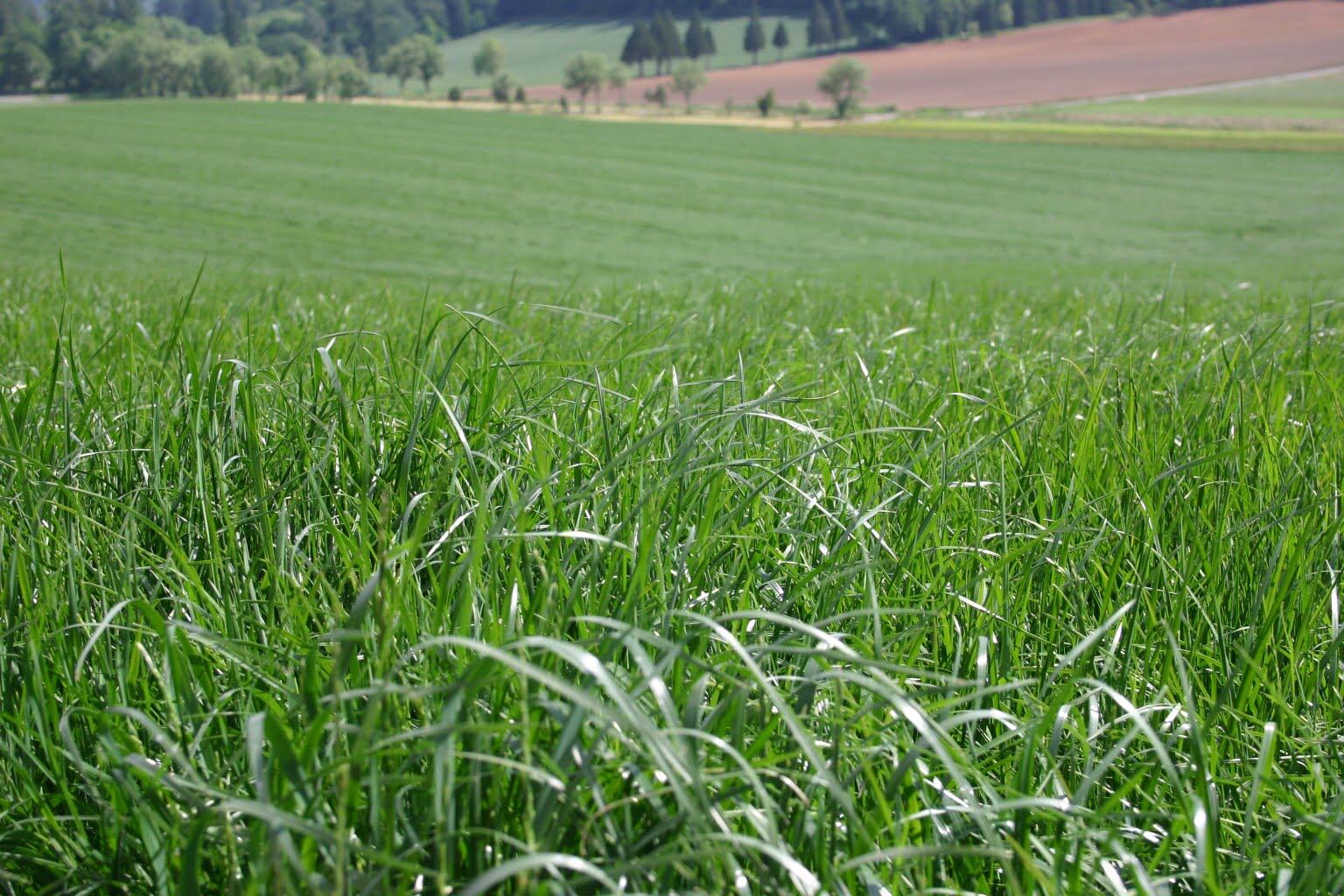

Garden Essentials
How To Plant Ryegrass Seed In Pasture
Modified: August 17, 2024
Learn how to plant rye grass seed in your garden for a lush and healthy pasture. Follow our step-by-step guide for successful results.
(Many of the links in this article redirect to a specific reviewed product. Your purchase of these products through affiliate links helps to generate commission for Storables.com, at no extra cost. Learn more)
Introduction
Welcome to the world of rye grass pastures! If you’re looking to establish a lush and vibrant pasture for your livestock or simply aiming to enhance the beauty of your property, planting rye grass seed is a fantastic choice. Rye grass is known for its quick establishment, resilience, and ability to thrive in a variety of conditions, making it a popular option for pasture planting.
In this comprehensive guide, we will walk you through the essential steps to successfully plant rye grass seed in your pasture. From selecting the right seed to nurturing your growing grass, we’ll cover every aspect to ensure that your rye grass pasture flourishes.
Whether you’re a seasoned farmer or a novice enthusiast, this guide will equip you with the knowledge and confidence to create a thriving rye grass pasture that will benefit both your livestock and the landscape. So, roll up your sleeves, grab your gardening tools, and let’s dive into the wonderful world of planting rye grass seed in your pasture!
Key Takeaways:
- Choose the right rye grass seed by considering climate, quality, adaptability, and mixing varieties to create a diverse and robust pasture for livestock and landscape enhancement.
- Prepare the soil, plant rye grass seed at the right depth, and provide proper care to establish a lush and resilient pasture that benefits livestock and the environment.
Read more: How To Plant Ryegrass Seed
Choosing the Right Rye Grass Seed
When it comes to planting rye grass seed in your pasture, selecting the right seed is a crucial first step. There are various rye grass varieties available, each with its unique characteristics and suitability for different environmental conditions. Here’s a guide to help you choose the perfect rye grass seed for your pasture:
- Identify Your Needs: Before purchasing rye grass seed, consider the specific requirements of your pasture. Are you planting the grass for grazing livestock, erosion control, or simply to enhance the landscape? Understanding your primary goal will guide you in selecting the most suitable rye grass variety.
- Climate Considerations: Take into account the climate of your region. Different rye grass varieties thrive in specific climate conditions. For cooler climates, perennial rye grass is an excellent choice, while annual rye grass may be more suitable for warmer regions.
- Quality of Seed: Opt for high-quality rye grass seed from reputable suppliers. Ensure that the seed is free from impurities and has a high germination rate. Investing in quality seed will significantly impact the success of your pasture.
- Adaptability and Resilience: Look for rye grass varieties known for their adaptability and resilience. These traits are especially important if your pasture experiences varying environmental conditions, such as fluctuations in temperature or soil moisture.
- Mixing Varieties: Depending on your specific needs, consider mixing different rye grass varieties to create a diverse and robust pasture. This approach can provide benefits such as extended grazing periods and improved disease resistance.
By carefully considering these factors and conducting thorough research, you can make an informed decision when choosing the right rye grass seed for your pasture. Remember, the quality and suitability of the seed will set the foundation for a thriving rye grass pasture.
Soil Preparation
Before planting rye grass seed in your pasture, it’s essential to ensure that the soil is properly prepared to provide an optimal environment for seed germination and growth. Soil preparation plays a pivotal role in the success of your rye grass pasture. Here’s a step-by-step guide to preparing the soil:
- Soil Testing: Start by conducting a soil test to assess its pH level and nutrient content. This information will help you determine if any amendments are necessary to create an ideal growing environment for rye grass. Most rye grass varieties prefer a slightly acidic to neutral pH level.
- Soil Aeration: If the soil is compacted, consider aerating it to improve air circulation and water absorption. Compacted soil can hinder root development and overall plant growth. Aerating the soil will promote better seed-to-soil contact and enhance germination.
- Weed Control: Prior to planting rye grass seed, address any existing weed growth in the pasture. Remove weeds manually or consider using herbicides following recommended guidelines. Weed-free soil provides rye grass seedlings with the best opportunity to establish themselves without competition.
- Adding Organic Matter: Incorporating organic matter, such as compost or well-rotted manure, can improve soil structure and fertility. Organic matter enhances the soil’s ability to retain moisture and nutrients, creating a favorable environment for rye grass growth.
- Leveling the Soil: Ensure that the soil surface is relatively level before planting rye grass seed. This promotes uniform seed distribution and facilitates consistent irrigation and mowing once the grass is established.
- Applying Fertilizer: Based on the results of the soil test, apply fertilizer as needed to address any nutrient deficiencies. Select a fertilizer specifically formulated for grasses and follow the application instructions to avoid over-fertilization.
By diligently preparing the soil, you can provide the optimal foundation for your rye grass seed to thrive. Healthy, well-prepared soil sets the stage for robust growth and a vibrant rye grass pasture.
Before planting rye grass seed in a pasture, make sure to prepare the soil by tilling and removing any debris. Then, evenly spread the seed using a broadcast spreader for best coverage. Finally, lightly rake the soil to cover the seeds and water thoroughly.
Planting Rye Grass Seed
Now that the soil is primed and ready, it’s time to embark on the exciting process of planting rye grass seed in your pasture. Proper planting techniques are essential for ensuring successful germination and the establishment of a healthy rye grass stand. Here’s a comprehensive guide to planting rye grass seed:
- Timing: Select the most suitable time for planting rye grass seed based on your region’s climate. In cooler regions, early fall or early spring is ideal, while late spring is suitable for warmer climates. Aim to plant the seed when soil temperatures are conducive to germination.
- Seed Distribution: Evenly distribute the rye grass seed across the prepared soil using a seed spreader or by hand. Pay attention to the recommended seeding rate for the specific rye grass variety you’ve chosen. Proper seed distribution ensures uniform coverage and a dense grass stand.
- Seed Depth: Rye grass seed should be planted at the appropriate depth to facilitate successful germination. As a general guideline, aim for a seeding depth of around ¼ to ½ inch. Gently rake the soil after seeding to cover the seed and ensure good seed-to-soil contact.
- Pressing or Rolling: Lightly press or roll the seeded area to enhance seed-soil contact without burying the seed too deeply. This step promotes germination and aids in the establishment of healthy seedlings.
- Watering: After planting, thoroughly water the seeded area to provide the moisture necessary for germination. Keep the soil consistently moist but avoid overwatering, which can lead to seed displacement or rotting. Adequate moisture is critical for the initial stages of seedling development.
- Monitoring Germination: Keep a close eye on the seeded area for signs of germination. With optimal conditions, rye grass seed typically germinates within 7 to 10 days. As the seedlings emerge, continue to provide consistent moisture to support their early growth.
By following these planting guidelines, you can set the stage for successful germination and the emergence of a vibrant rye grass stand. Patience and attentive care during the initial stages of growth will yield rewarding results as your rye grass pasture begins to flourish.
Caring for Rye Grass Pasture
Once your rye grass seedlings have emerged, it’s time to shift your focus to nurturing and maintaining a healthy and thriving pasture. Caring for your rye grass involves a combination of attentive management practices and regular monitoring to ensure the grass reaches its full potential. Here’s a comprehensive guide to caring for your rye grass pasture:
- Irrigation: Provide consistent and adequate moisture to support the establishment and growth of your rye grass pasture. Monitor soil moisture levels and adjust your irrigation schedule as needed, especially during dry periods. Avoid overwatering, as this can lead to disease issues and leaching of nutrients.
- Fertilization: Apply fertilizer based on soil test recommendations and the specific nutrient requirements of rye grass. A balanced fertilizer with nitrogen, phosphorus, and potassium can promote healthy growth and help maintain vibrant green coloration in the grass.
- Mowing: Once the rye grass reaches a height of 3 to 4 inches, it’s time to initiate regular mowing. Set your mower to the appropriate height to avoid cutting the grass too short, which can stress the plants and hinder root development. Regular mowing encourages tillering and promotes a dense, uniform stand of rye grass.
- Weed Control: Monitor the pasture for any signs of weed encroachment and address weed issues promptly. Implement targeted weed control measures to prevent competing vegetation from overtaking the rye grass. Manual removal and selective herbicide application can help maintain a weed-free pasture.
- Pest Management: Keep an eye out for signs of pest infestations that could potentially impact the health of your rye grass. Implement integrated pest management strategies to address pest issues while minimizing environmental impact. Regular scouting and early intervention are key components of effective pest management.
- Soil Health Maintenance: Periodically assess the soil health of your rye grass pasture and address any deficiencies through soil amendments or organic matter applications. Healthy soil provides the foundation for robust grass growth and overall pasture vitality.
By implementing these care practices, you can foster the development of a lush and resilient rye grass pasture that provides numerous benefits, including high-quality forage for livestock and a visually appealing landscape. Consistent monitoring and proactive management will contribute to the long-term success of your rye grass pasture.
Read more: How To Seed A Pasture
Conclusion
Congratulations on completing the journey of planting rye grass seed in your pasture! By following the steps outlined in this guide, you’ve taken significant strides toward establishing a vibrant and productive rye grass pasture that will enrich your landscape and benefit your livestock. As you reflect on the process, it’s important to acknowledge the dedication and care you’ve invested in nurturing your rye grass from seed to flourishing pasture.
Planting rye grass seed is not merely a task; it’s a testament to your commitment to sustainable land management and the well-being of your animals. Your efforts have contributed to the creation of a thriving ecosystem within your pasture, where rye grass serves as a cornerstone of forage production and environmental enhancement.
As you continue to care for your rye grass pasture, remember that each action you take, whether it’s irrigation, fertilization, or pest management, plays a vital role in shaping the health and resilience of your pasture. Embrace the role of stewardship and continue to observe, learn, and adapt your practices to optimize the productivity and sustainability of your rye grass pasture.
Furthermore, the journey of planting rye grass seed is a continuous learning experience. As you witness the seasonal changes, the grazing patterns of your livestock, and the dynamic growth of your rye grass, you’ll gain valuable insights that will inform your future decisions and refine your approach to pasture management.
Ultimately, your dedication to cultivating a thriving rye grass pasture contributes to the larger tapestry of sustainable agriculture and environmental stewardship. Your pasture becomes a living testament to the harmony between land, livestock, and the natural world.
So, as you stand amidst the lush expanse of your rye grass pasture, take pride in the transformation you’ve nurtured and the legacy you’re creating. Your commitment to excellence in pasture management will continue to yield rewards, both in the bountiful forage for your livestock and the enduring beauty of your landscape.
May your rye grass pasture flourish and inspire others to embark on their own journeys of sustainable land stewardship and agricultural excellence.
Frequently Asked Questions about How To Plant Ryegrass Seed In Pasture
Was this page helpful?
At Storables.com, we guarantee accurate and reliable information. Our content, validated by Expert Board Contributors, is crafted following stringent Editorial Policies. We're committed to providing you with well-researched, expert-backed insights for all your informational needs.
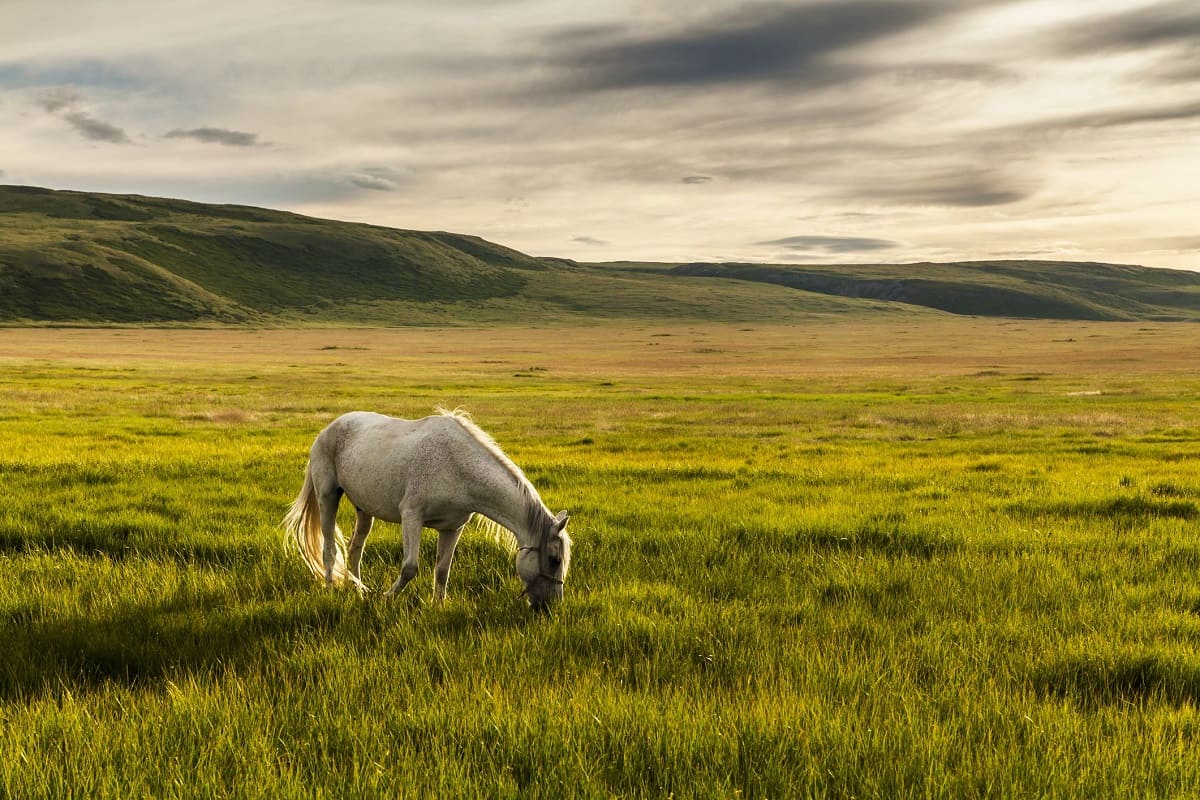
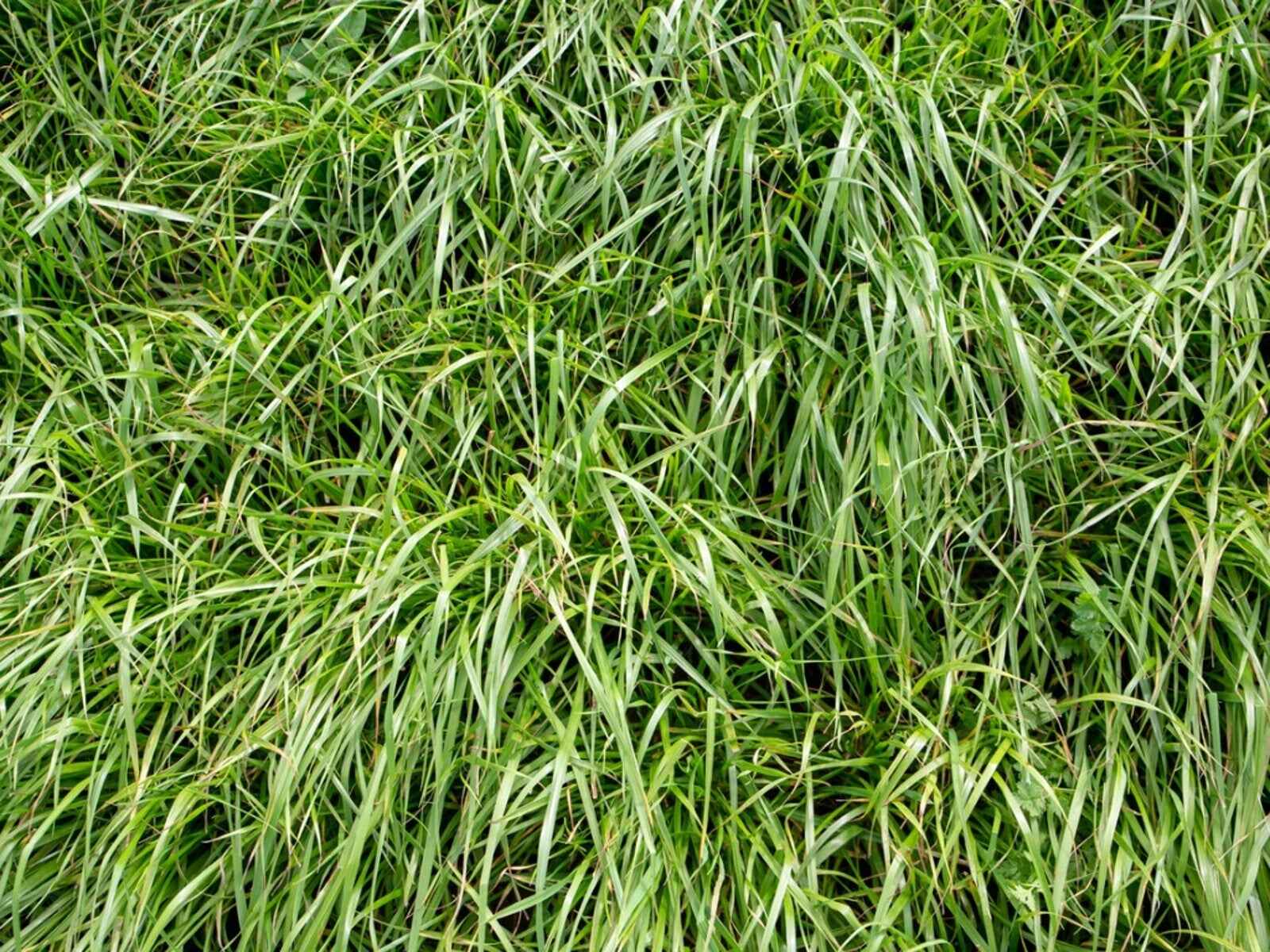
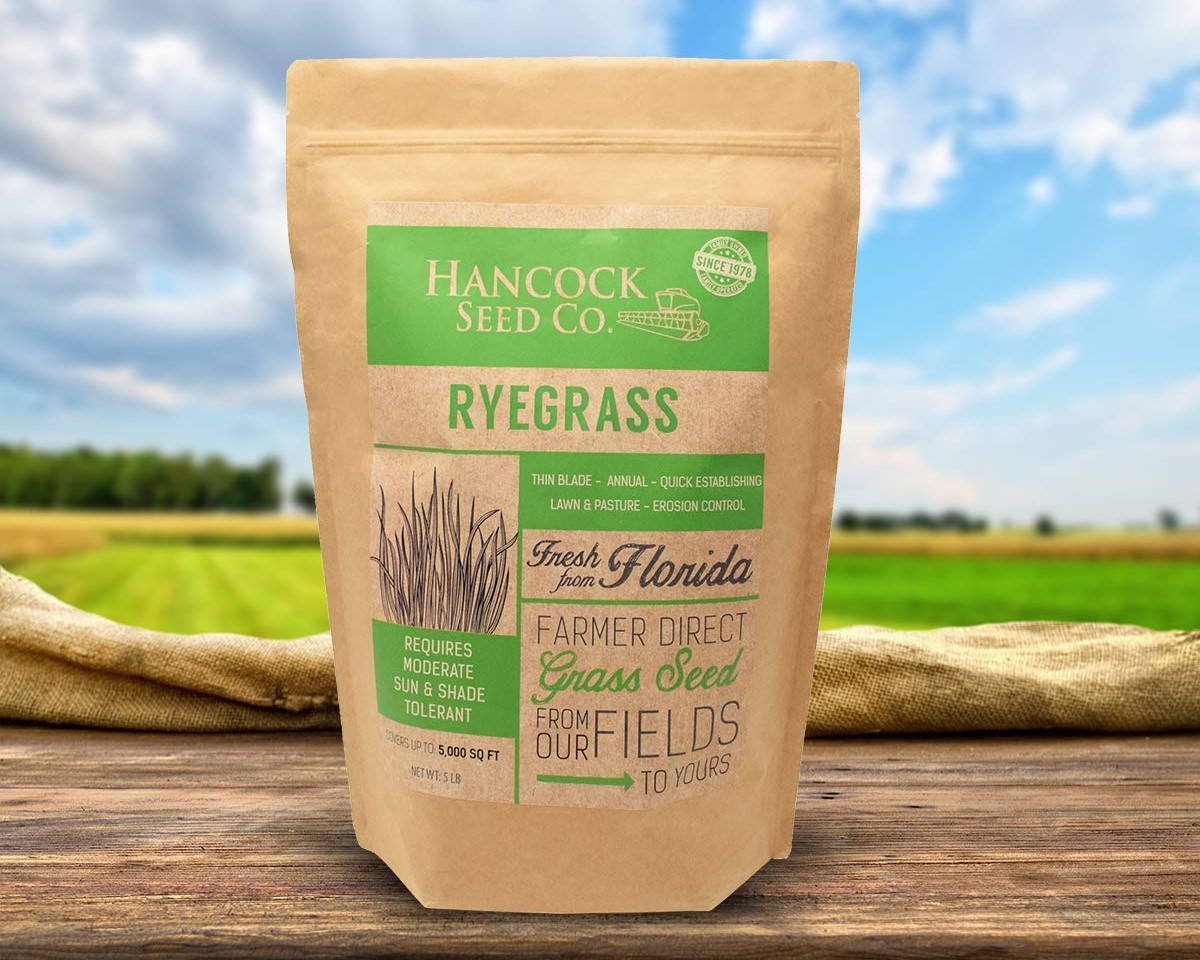
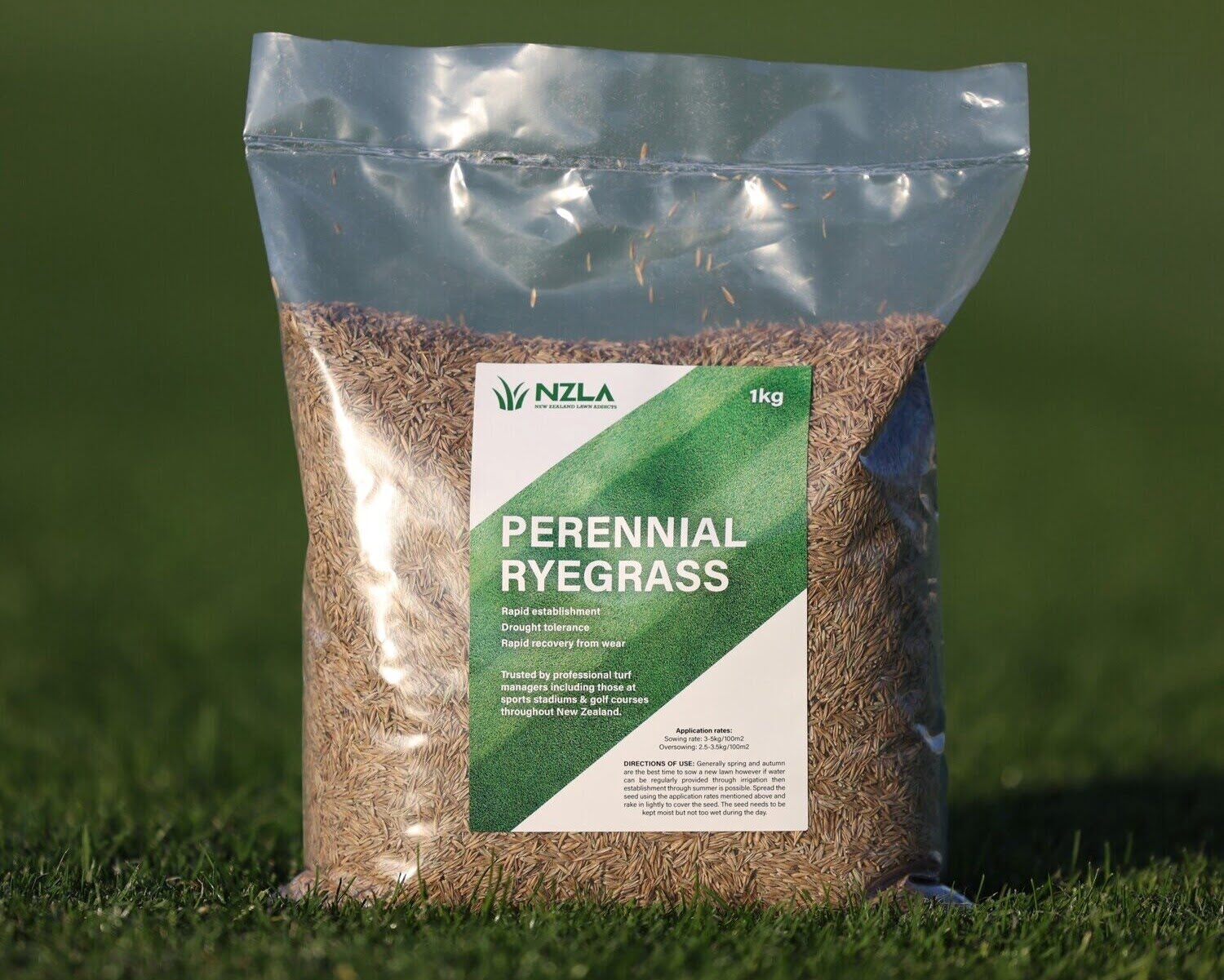
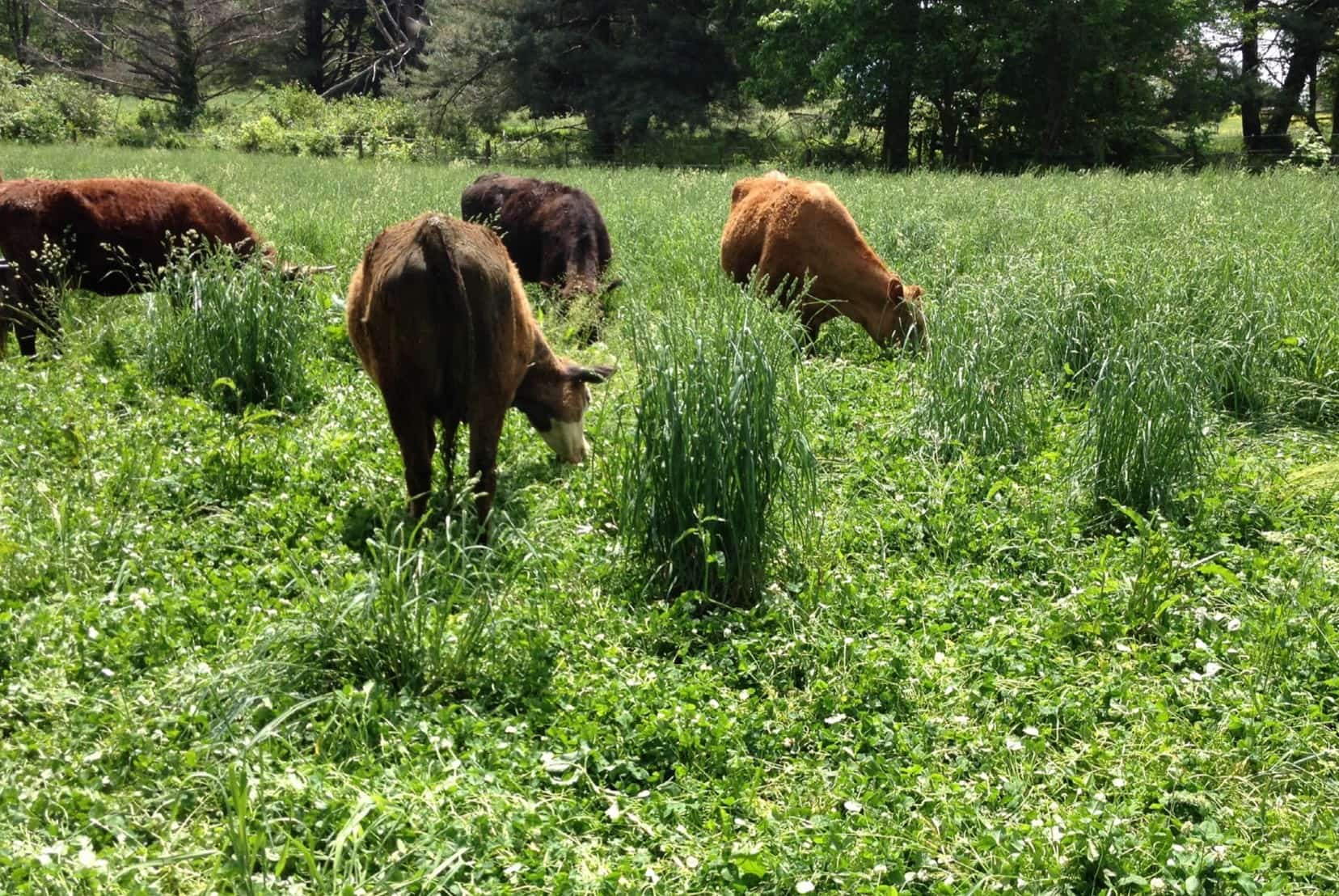
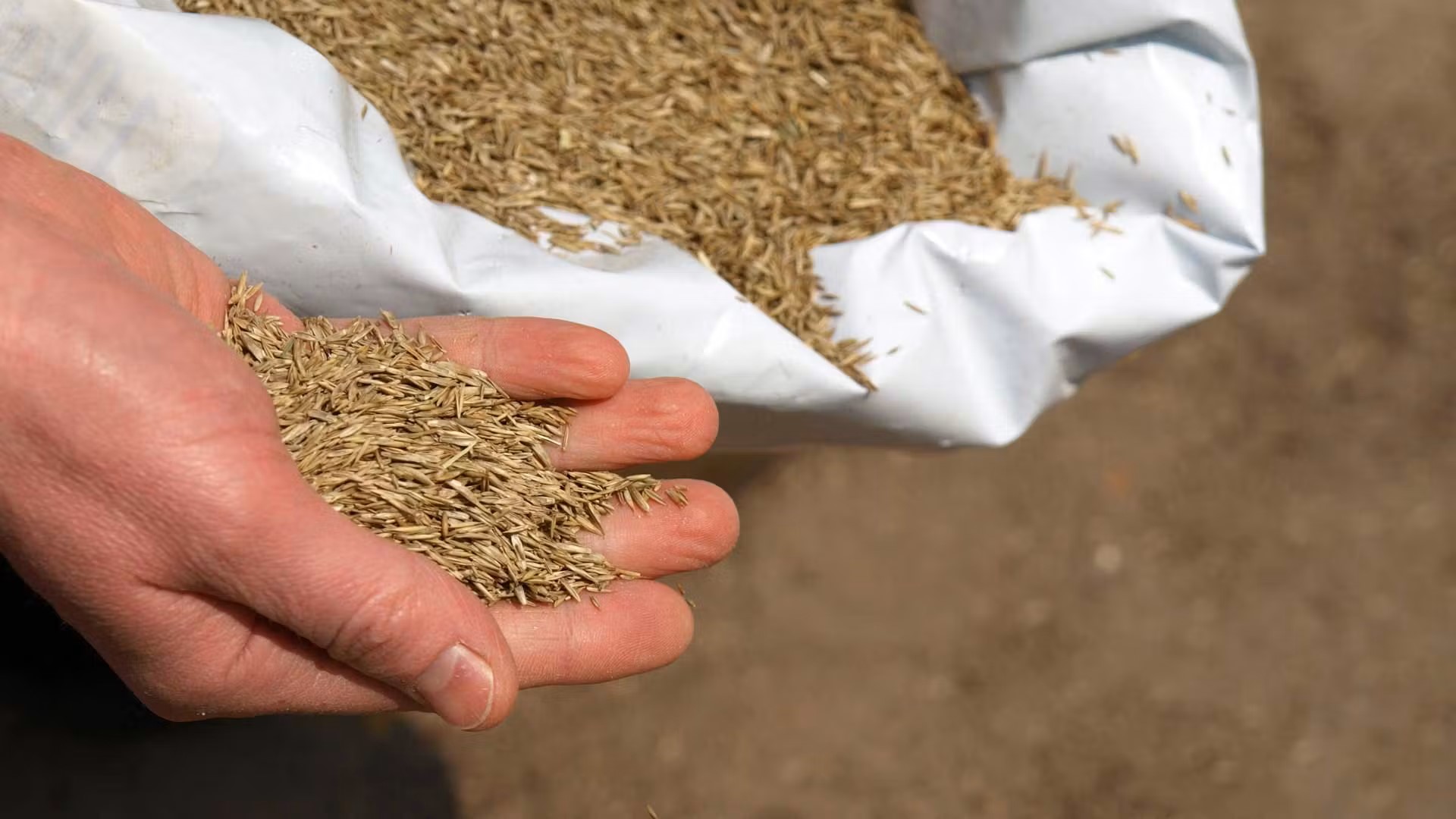
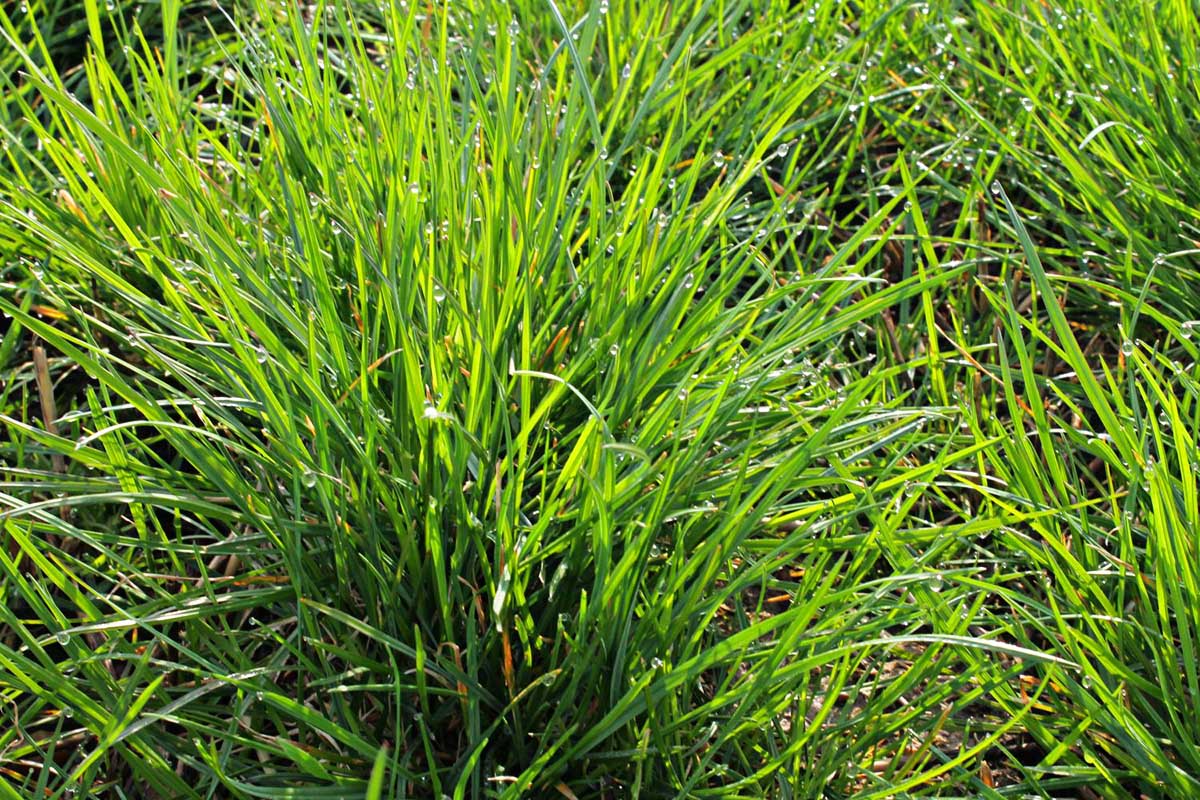
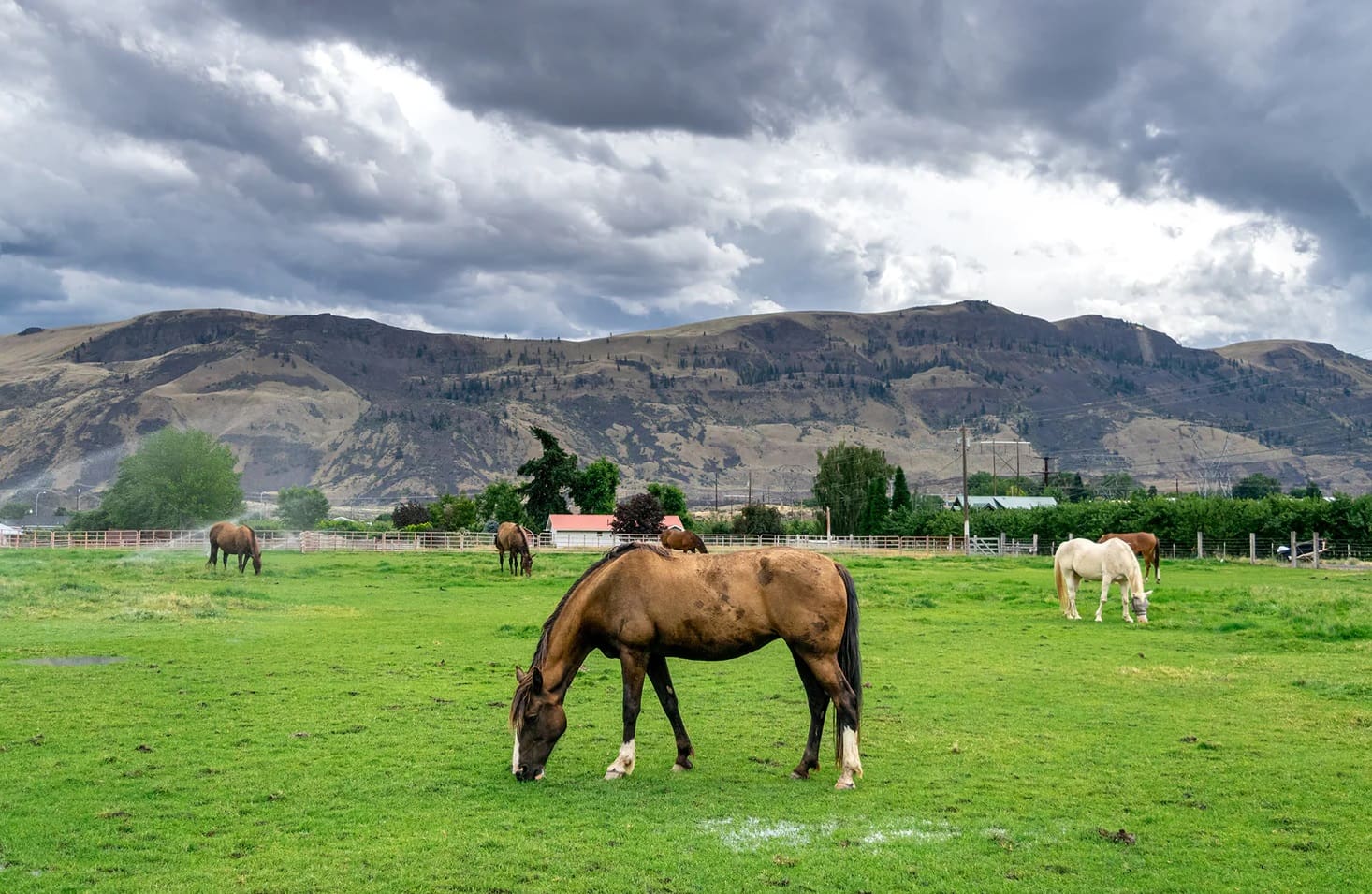
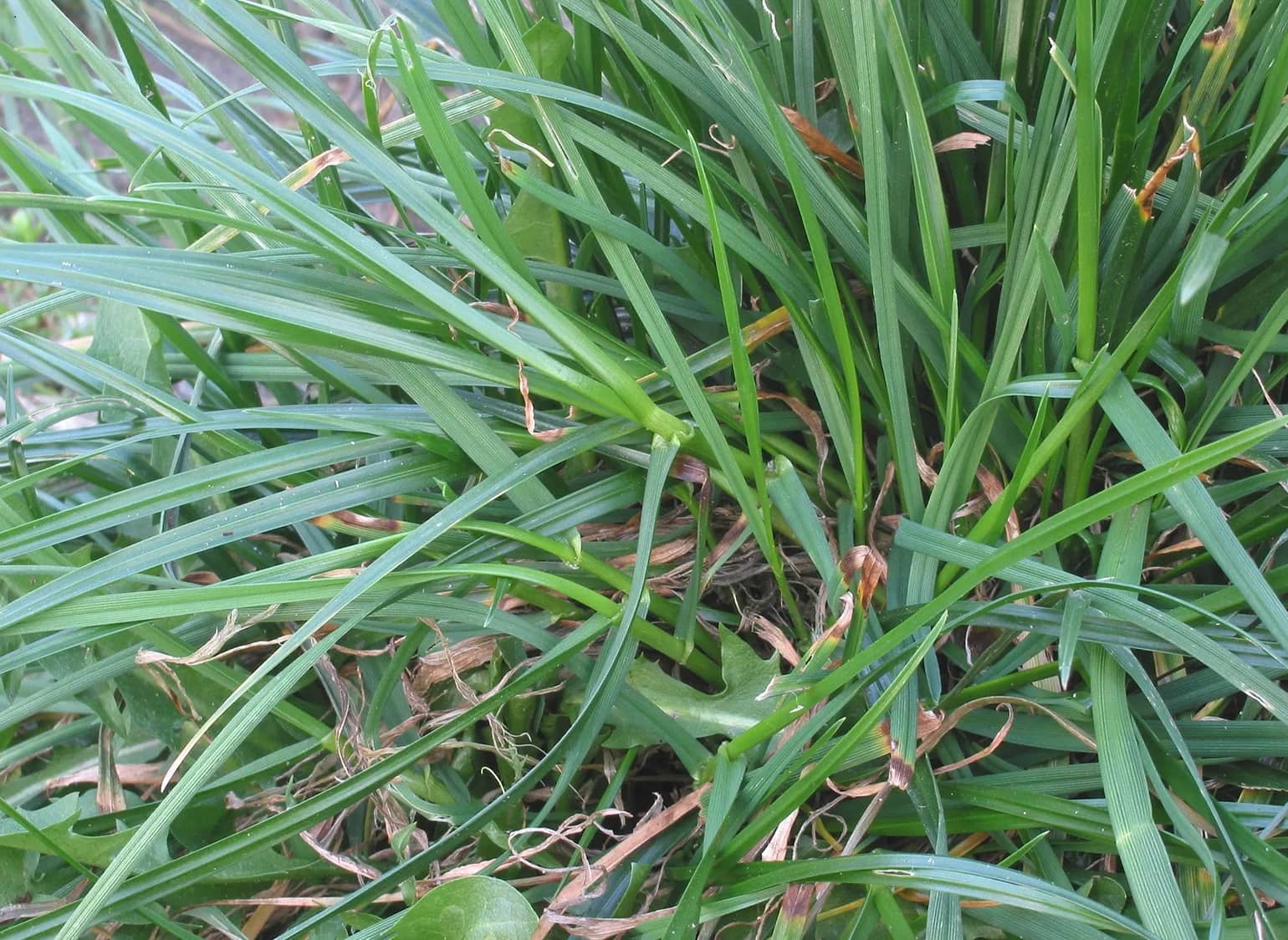

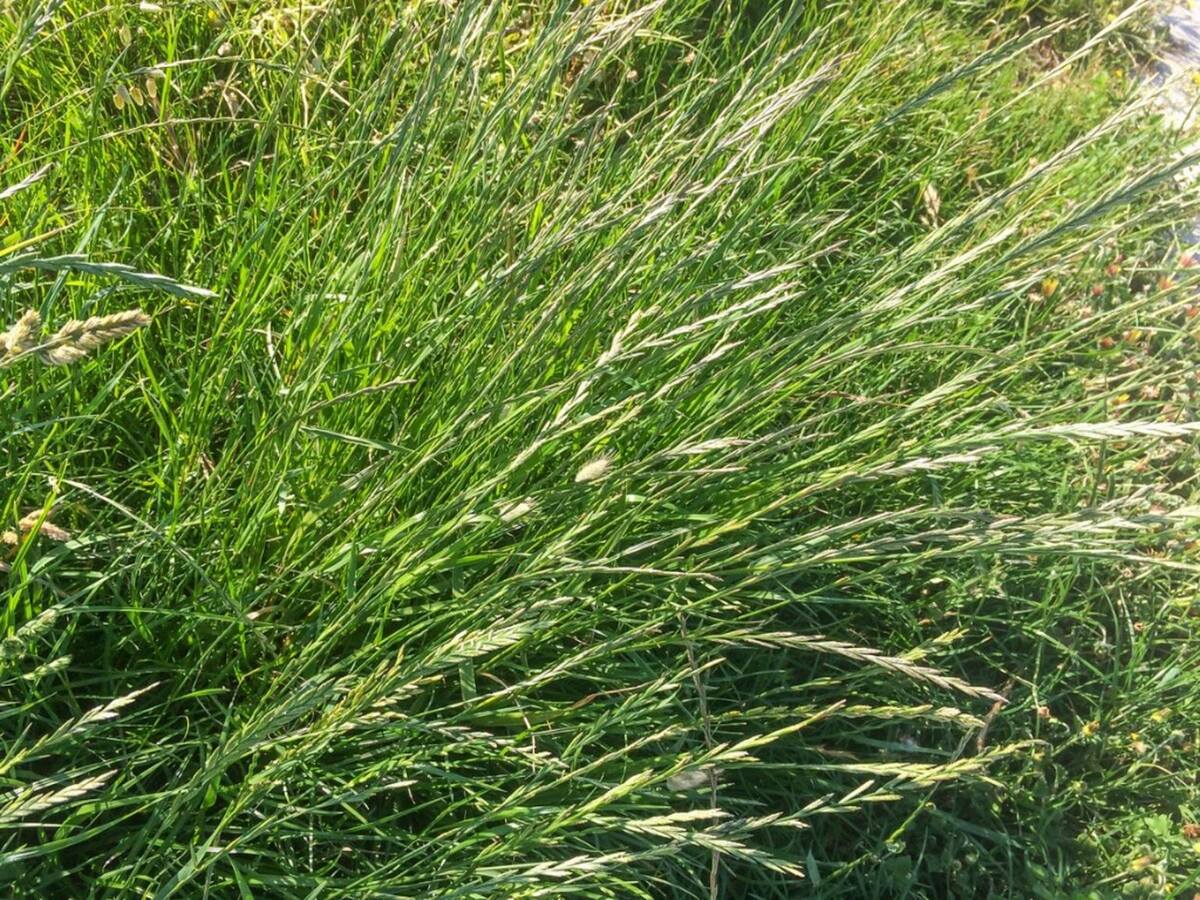


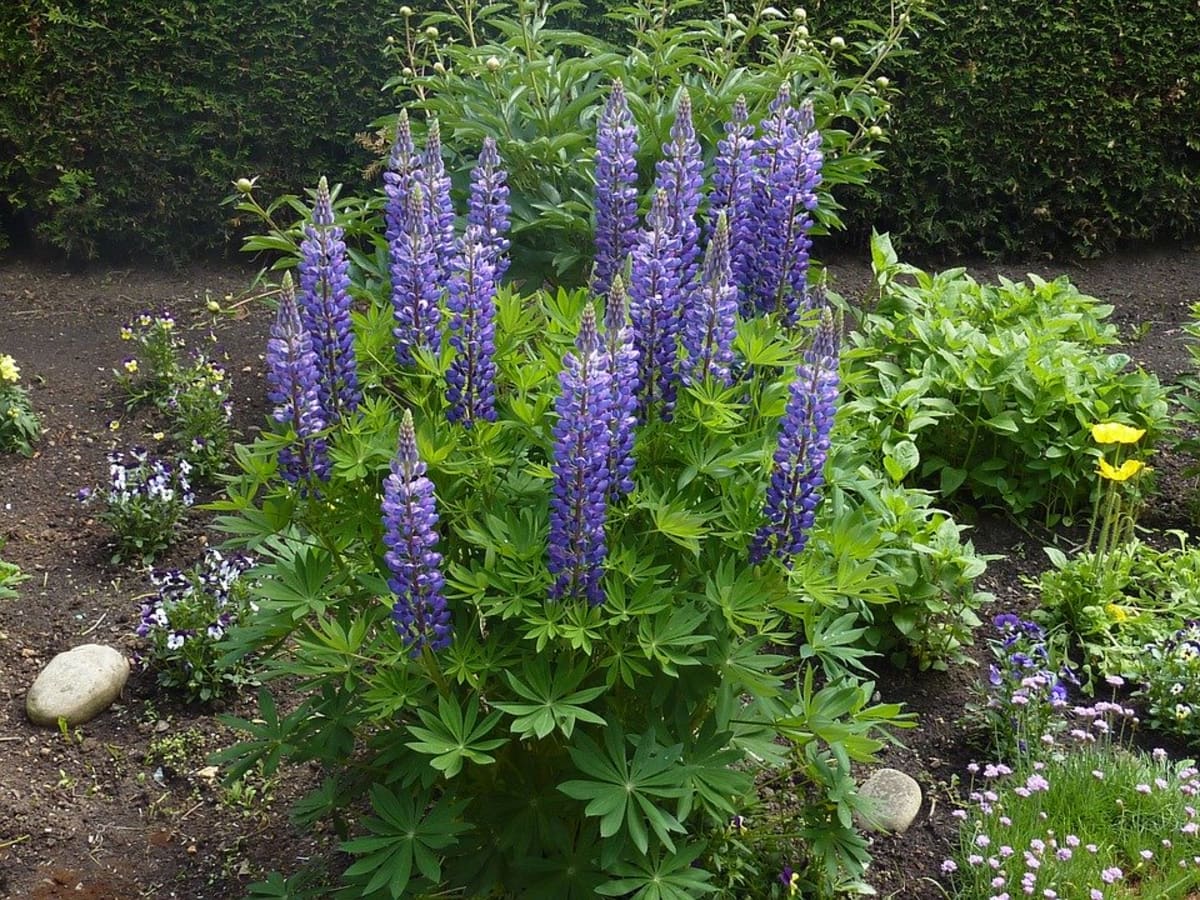

0 thoughts on “How To Plant Ryegrass Seed In Pasture”